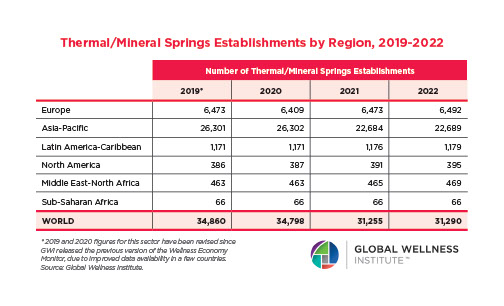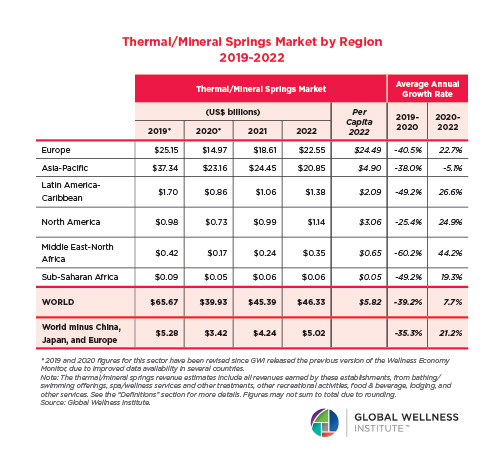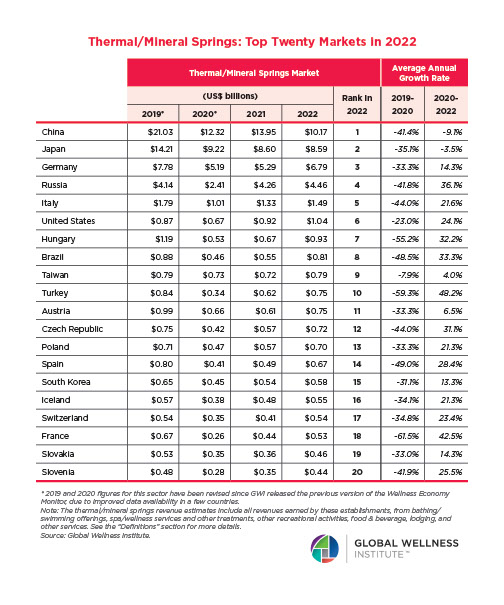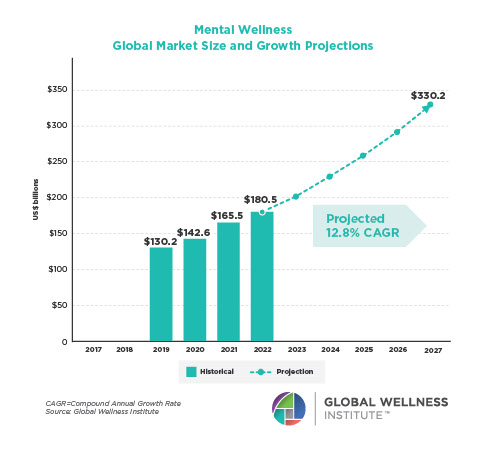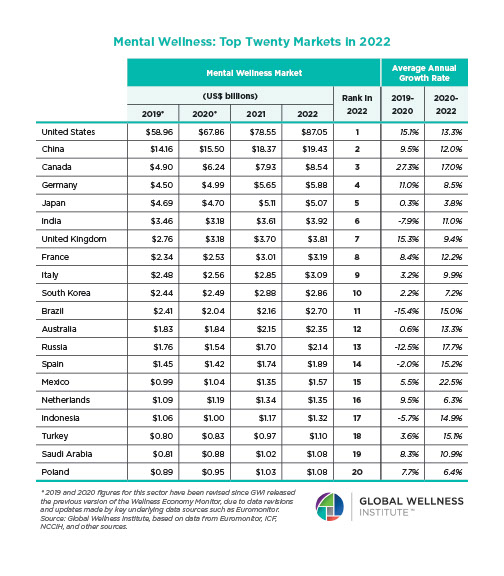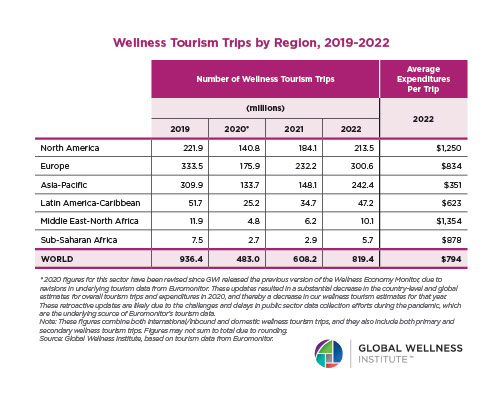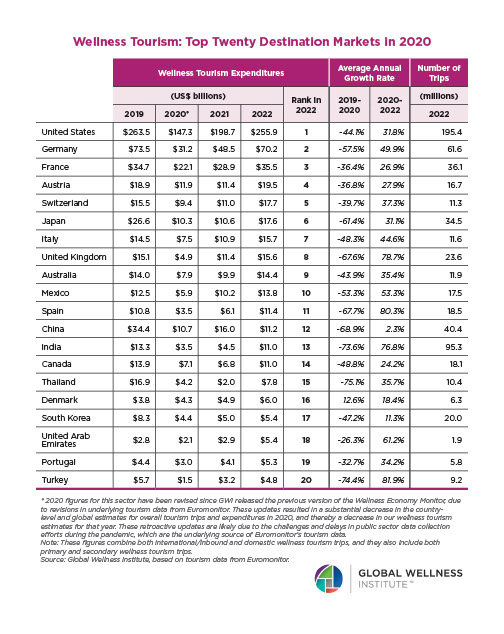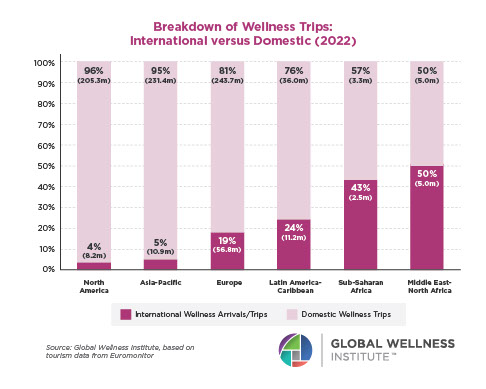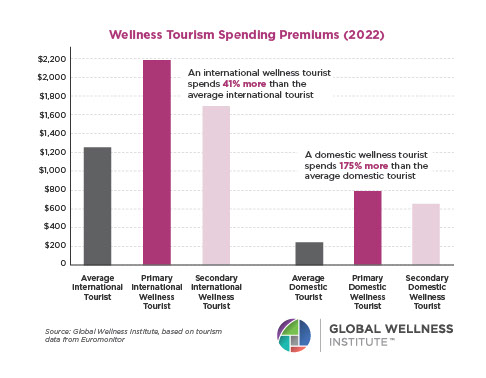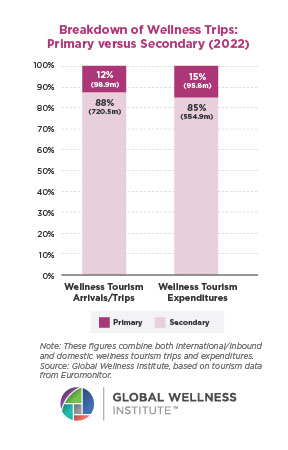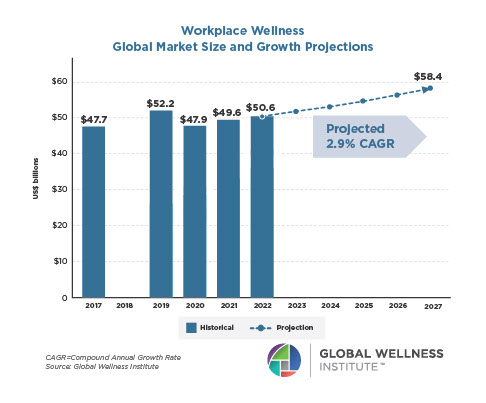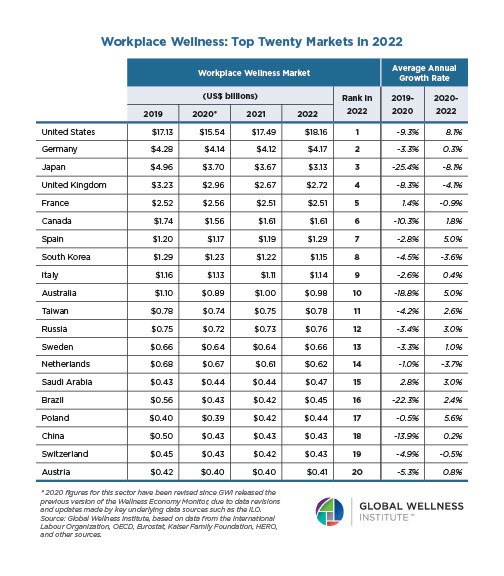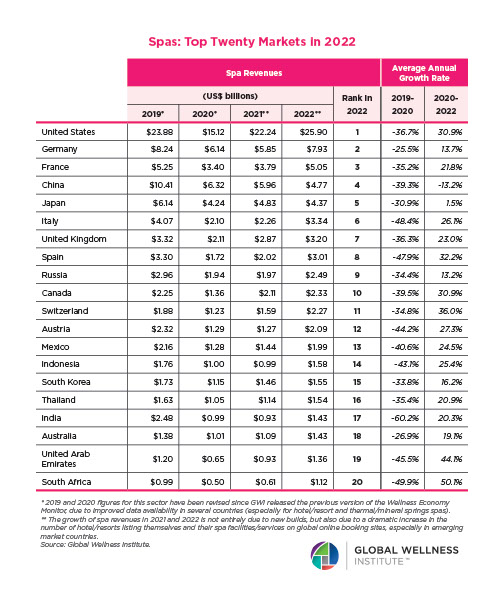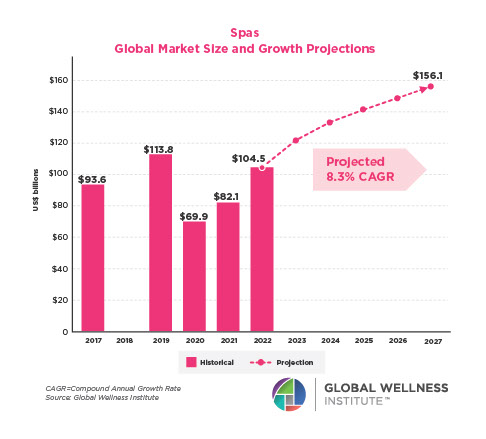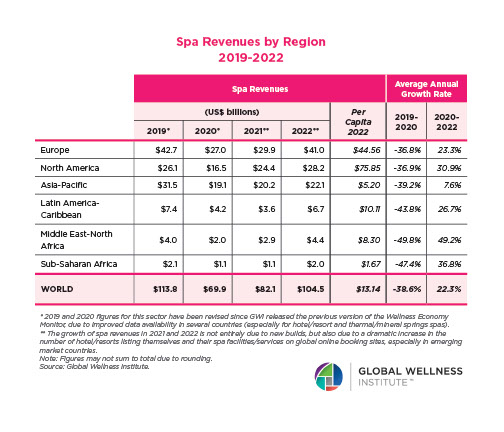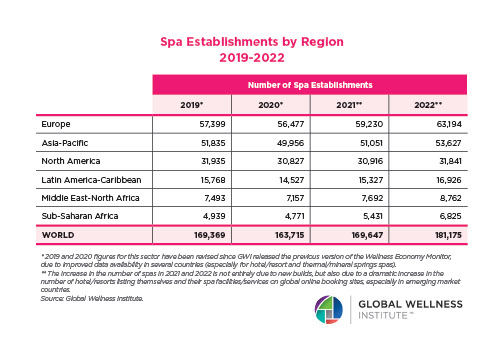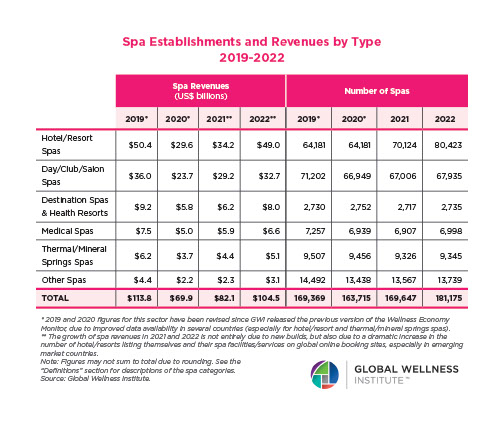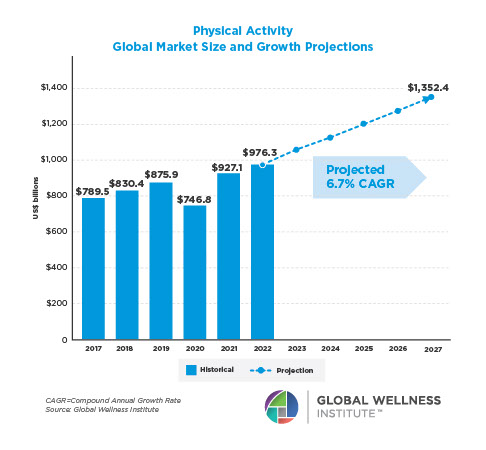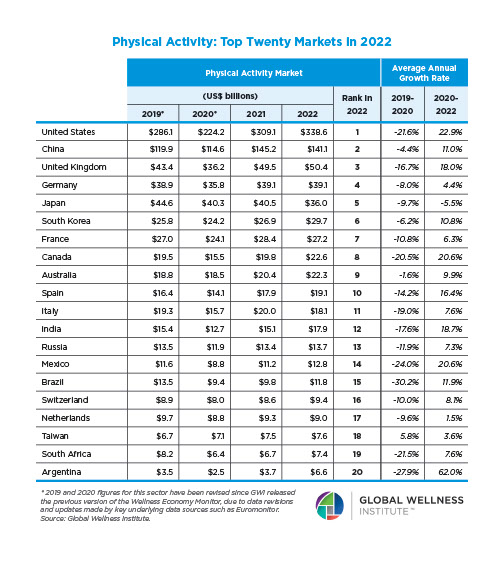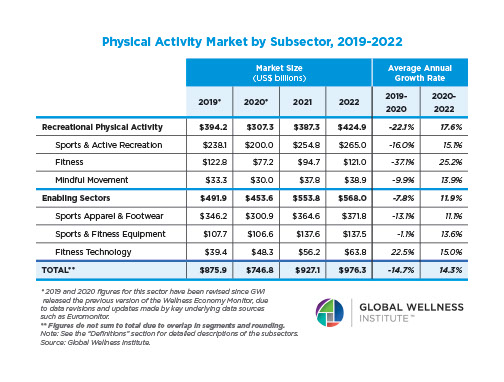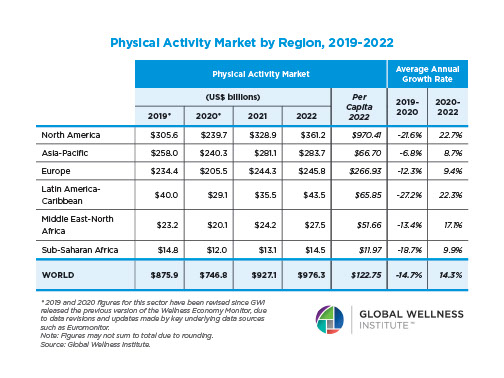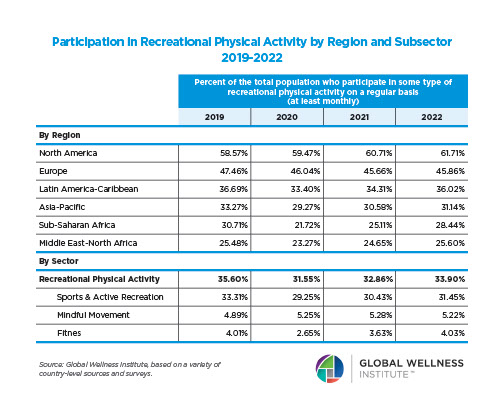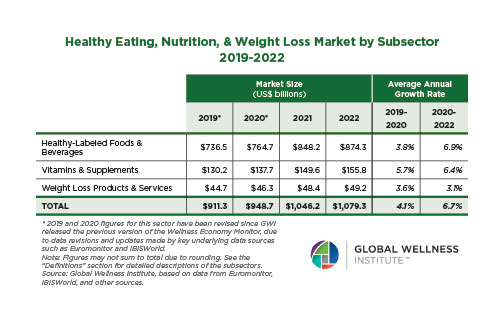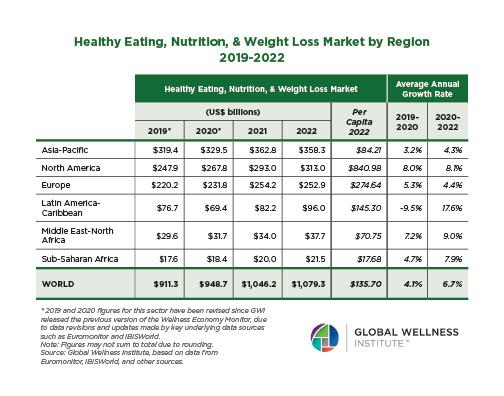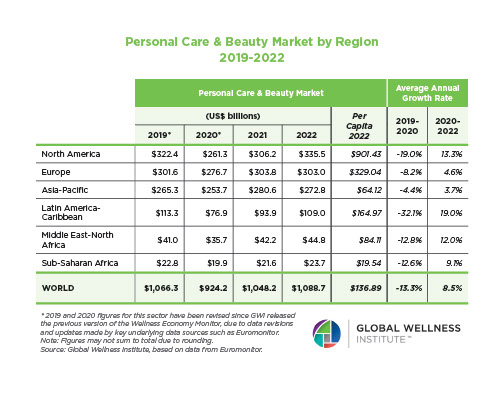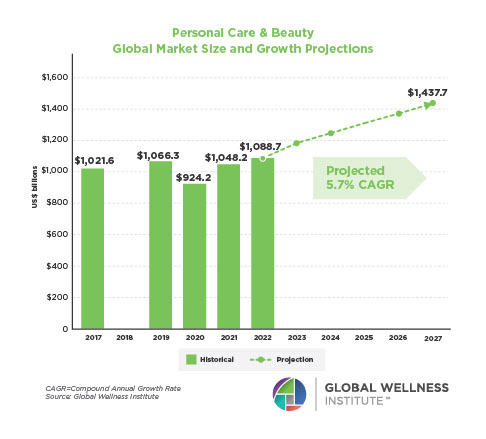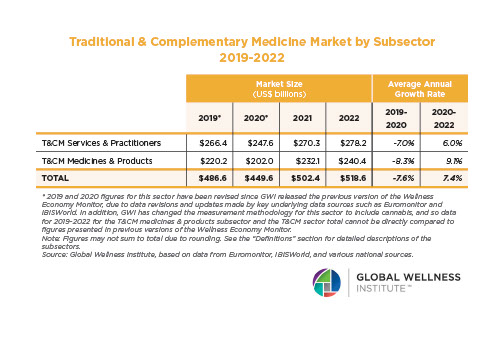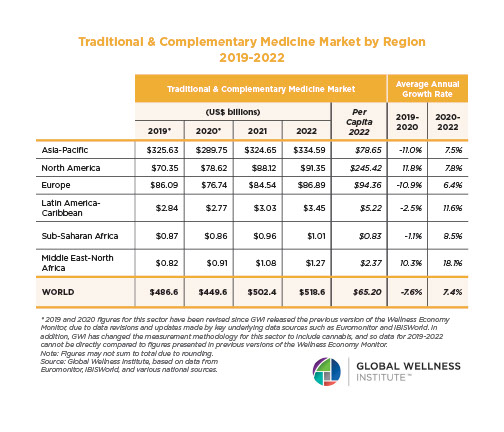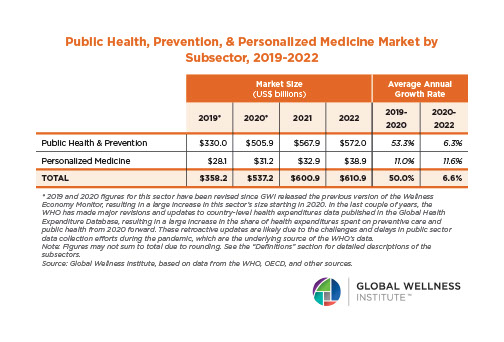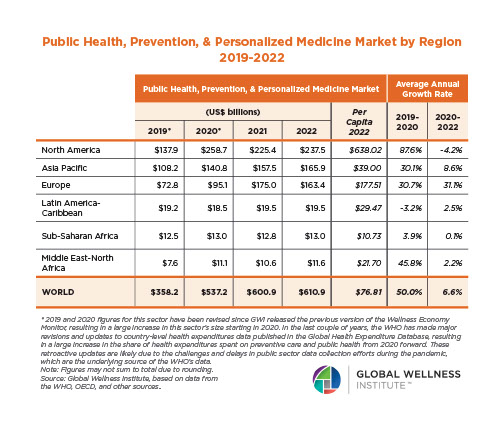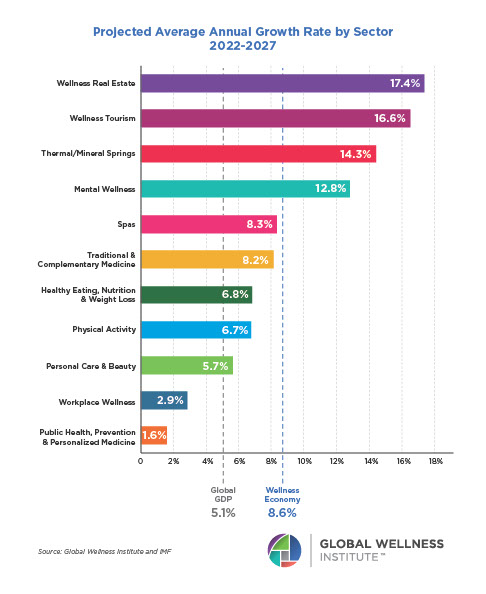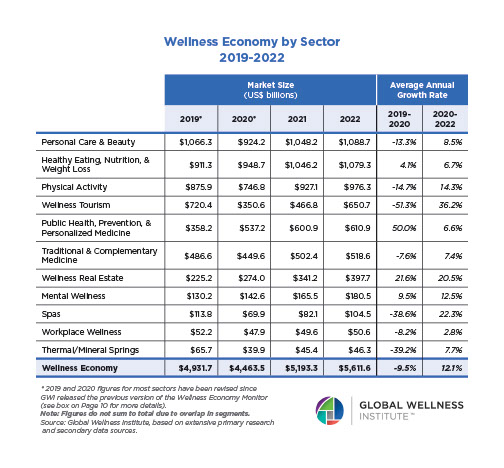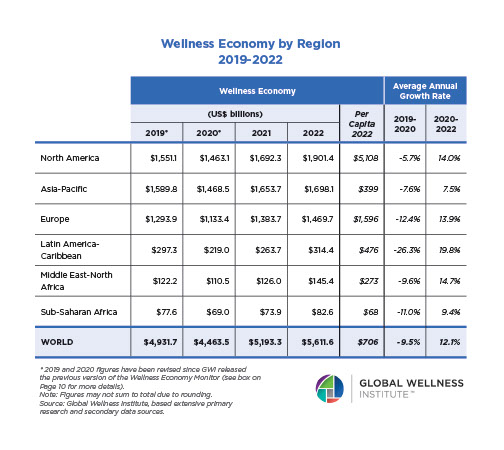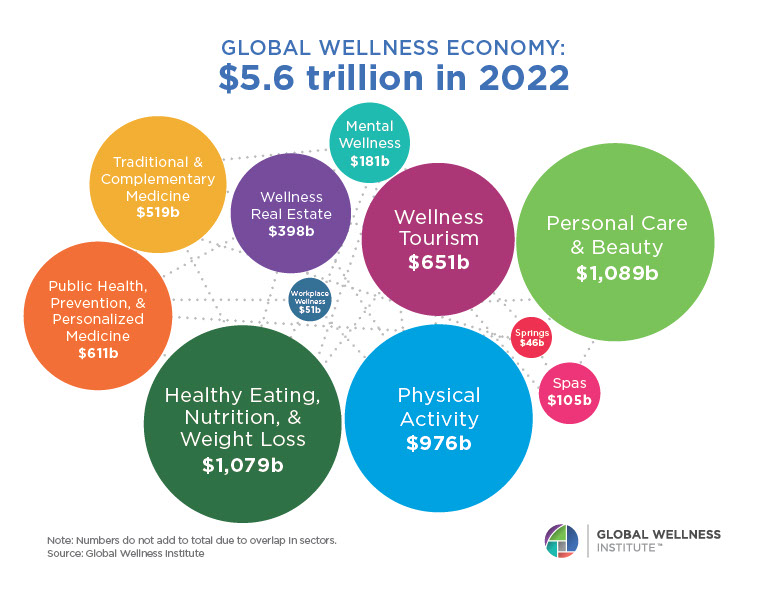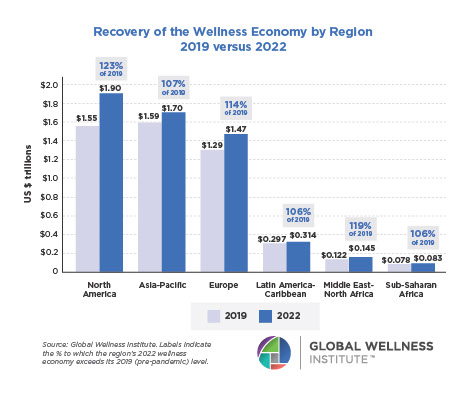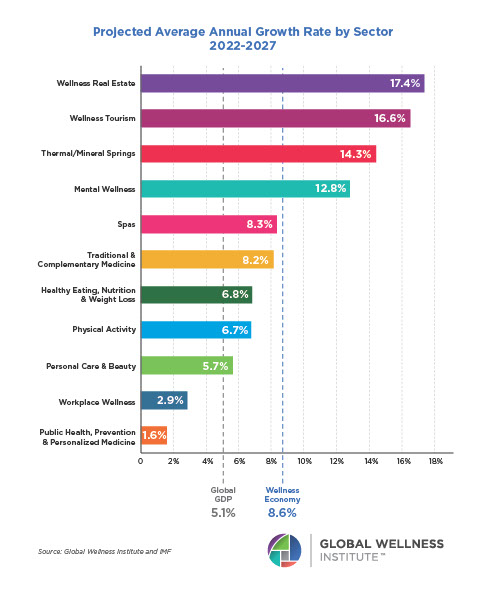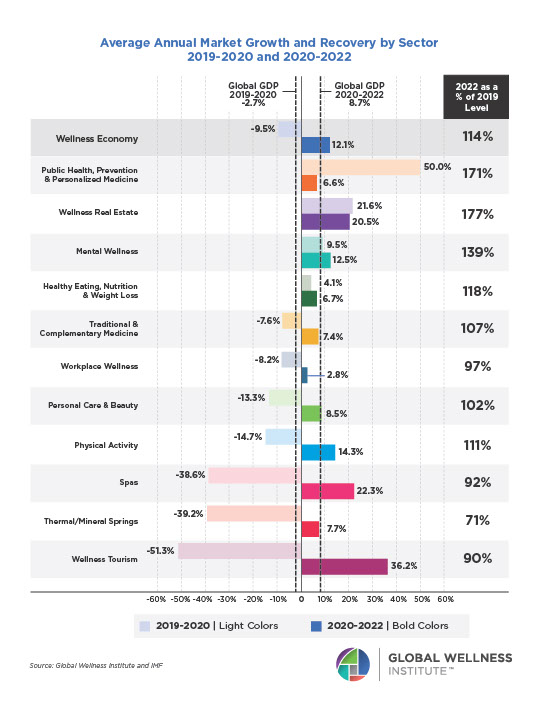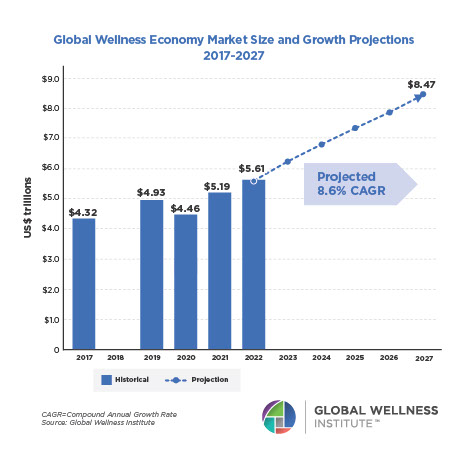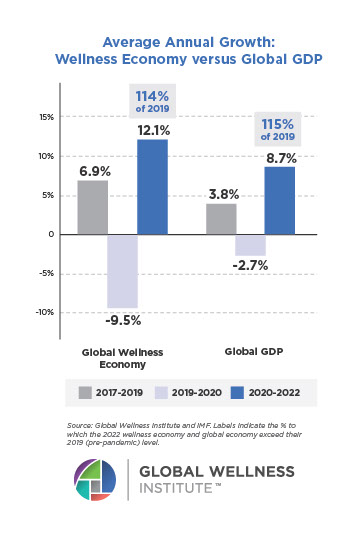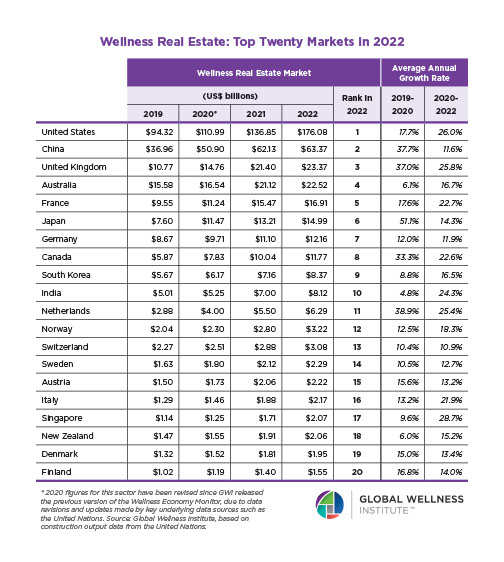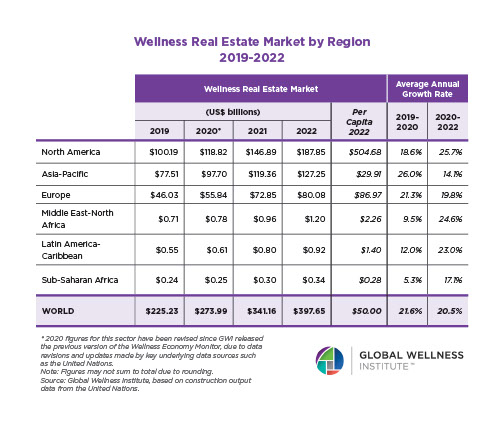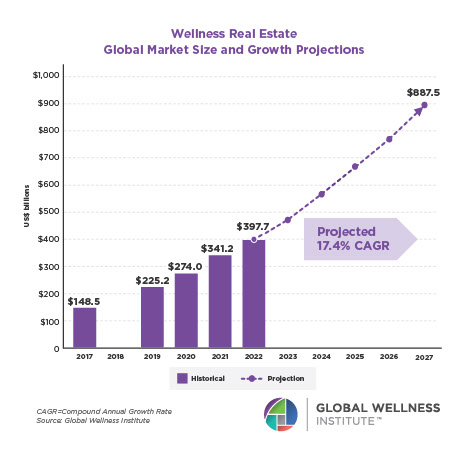
Weight loss drugs like Ozempic are lowering the US obesity rate–Gallup News
A new Gallup poll indicates that the rate of obesity among US adults has declined over the past three years as GLP-1 use by adults rose sharply from 6% in early 2024 to 12% today. Obesity fell from 40% of the population in 2022 to 37% in 2025 (the equivalent of 7.6 million fewer obese people). The age group most likely to use weight-loss drugs is those aged 50 to 64 (17%), and that group also saw the biggest decline in obesity (-5%). But Gallup also found that the diabetes rate has climbed to an all-time high of nearly 14% of the adult population.
More governments and schools are banning social media–The New York Times
Bullying. Body-shaming. Self-harm. Unhealthy relationships with A.I. chatbots. Teenagers can’t seem to put down their phones. As public concern over youth mental health has mounted, lawmakers have rushed to curb young people’s access to social networks. Schools have banned phones. Instagram, TikTok and Snapchat have introduced new teen safeguards. Now, Australia is going very far with a sweeping social media ban for teenagers. This article explains what we know so far as to whether the bans help.
How a radical experiment to bring a forest into a preschool transformed children’s health–The Guardian
In Finland, a first-of-its kind study had kindergartens expose children to more digging in the mud and wild plants and moss, and found significant changes to their health, revealing how crucial biodiversity and exposure to soil microbes is to wellbeing. It compared the green/rewilded day care centers with ones covered in asphalt, sand and plastic mats and found that kids from the green kindergartens had less disease-causing bacteria on their skin and stronger immune defenses, including an increase in T regulatory cells in the blood that protect the body from autoimmune diseases. The interest in bringing dirt and nature into preschools and kindergartens is spreading.
Longevity Secrets of the Animal Kingdom––Nautilus
All living things eventually die. Some, like humans, try to postpone the inevitable goodbye for as long as possible. This is why longevity (enabled by better science) is currently everywhere. But as it happens, some nonhumans from the animal kingdom age without suffering the ignominy of the conditions contingent with human old age: cancerous cells, degenerated brains, diseased hearts. Why do some animals beat the odds and cheat death longer than most? This article reports on findings from scientists who’ve been studying long-lived creatures, and how they are working to use what they discover to extend human lives. Dives into the longevity secrets of bowhead whales, naked mole rats, immortal jellyfish and others.
Want to be more productive? Start by doing less––Big Think
“In most instances, ‘good enough’ is good enough.” In this three-minute video, three top researchers—time management expert Oliver Burkeman, Yale cognitive scientist Laurie Santos and organizational psychologist Melanie Katzman—discuss the illusion of perfectionism, the limits of productivity and the harm of burnout and hustle culture. According to their research, the constant drive to improve leaves people more exhausted and less productive, even if their intentions were to grow or achieve bigger goals. Together, they explain how accepting “good enough” and finding value beyond work can lead to greater balance and happiness.
A Striking Stat:
Deaths linked to air pollution in Southeast Asia are estimated to rise by 10% by 2050, costing the region nearly $600 billion.
Source: Environment International, Nov. 2025 edition

